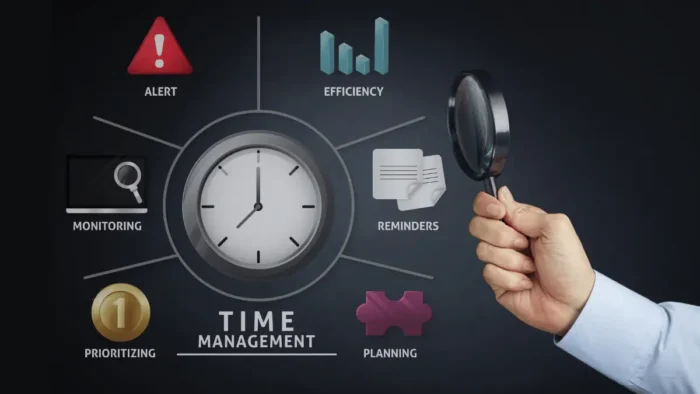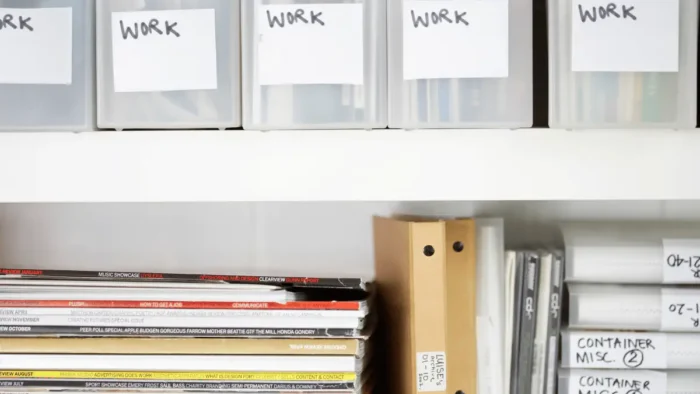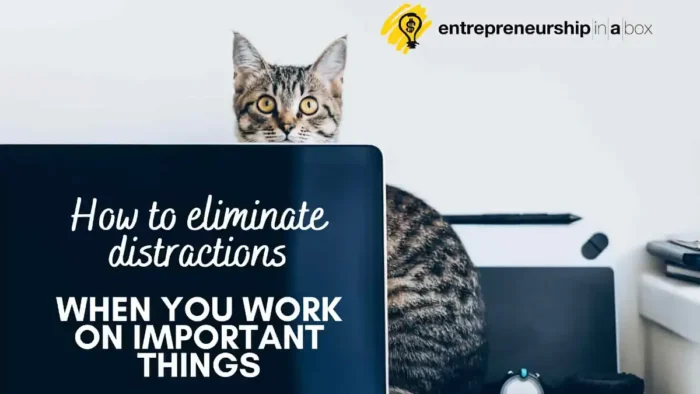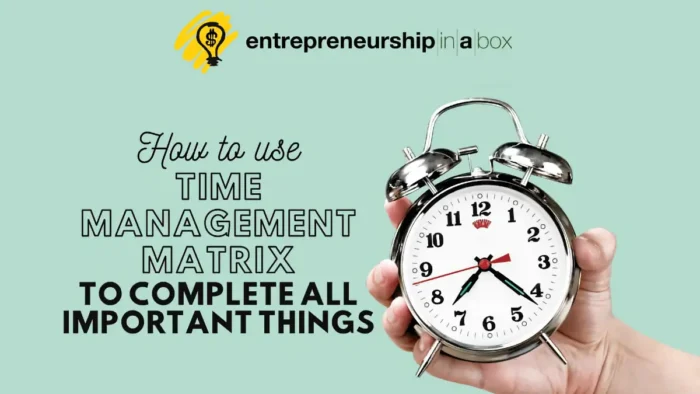It happens to the best of us. Some mornings you will wake up to a full day of work, not knowing if you will be able to accomplish everything. Even as adults, and more so because we age, time management remains one of those goals we seek to attain every day as we beat on against the current.
The good news is that this is a universal experience. Many authors have already written books sharing their own time management strategies. Here are a few worth sharing in case you want to try one out for yourself to see if it works for you.
Biological Prime Time
Our bodies react to stress differently. Some people do most of their jobs in the daytime while some prefer to accomplish their tasks in the evening.
In his book, Work the System, Sam Carpenter introduced the concept of a biological prime time. In a nutshell, the time of day when we experience the most focus and highest energy levels is different for everybody. To be more productive, we have to find out that sweet spot by recording our efficiency and attention span over a period. Once we have that data, we can find out our personal biological prime time, which are the hours that stand out in the charts. Using that information, we can then schedule the heavier responsibilities at these times of the day so that we can take advantage of the surplus energy.
Eat That Frog
If you didn’t grow up where frogs are common delicacies, eating frogs is probably as exotic as it gets. But a lot of people do eat frogs, and in fact, the French are quite famous for enjoying this kind of meat.
You’ll see this book mentioned a lot, and for good reason. Brian Tracy’s book Eat That Frog: 21 Great Ways to Stop Procrastinating and Get More Done in Less Time is exactly as it says. Boiled down to the idea of eating your frog, Tracy champions the practice of overcoming your most daunting task first. In doing so, the rest of your day will always feel like a piece of cake. This will also instill in you the habit of reflection for the things you do as you learn to categorize your tasks into priorities.
Frogs are perfectly edible and once you’ve tasted one, you’ll never have to wonder again.
Getting Things Done
If you’ve ever realized that you spend more time worrying about what you need to do than actually accomplishing it, you are not alone.
Getting Things Done: The Art of Stress-Free Productivity is a book by popular productivity consultant David Allen. Here he describes his GTD system, which is a five-step plan for weaning your brain of clutter so that you can spend less time stressing about what needs to be done. And it makes sense. All you have to do is list, list, list. Write everything you know you have to do, be it something abstract that you might only achieve after a few years, or something concrete that you can do in a short while. Organizing your thoughts in this visual way creates more space in your mind to focus on the more urgent tasks so that you can spend more time later on the things that truly matter.





